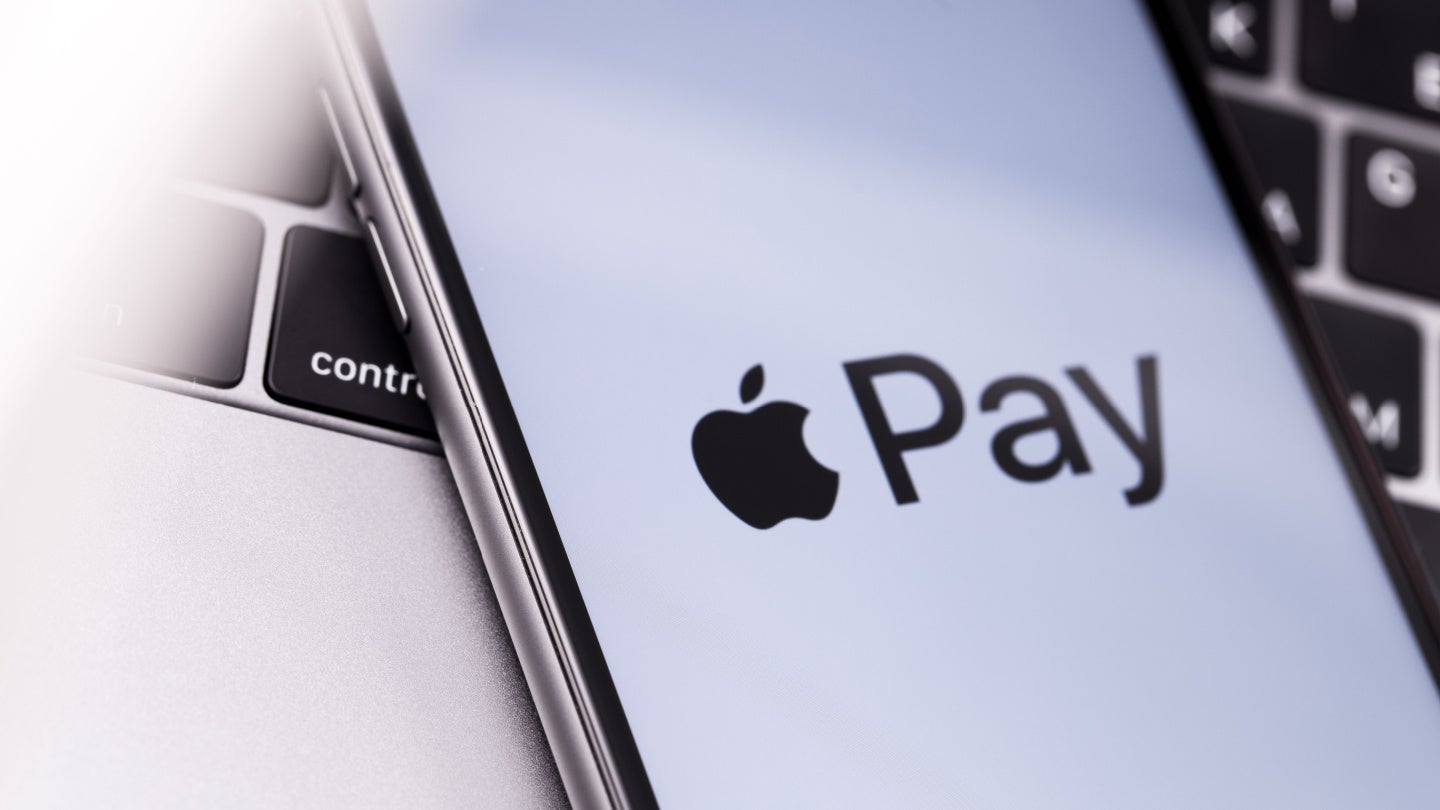Apple has expanded its device self-repair program to 24 additional European countries.
The company also announced that the iPhone 15 series and its M2 chip-powered 14- and 16-inch MacBook Pro will be a part of the DIY repair program, as well as the 15-inch MacBook Air, Mac mini, Mac Pro, and Mac Studio.
In addition, Apple also launched a new diagnostic tool, Apple Diagnostics for Self Service Repair, which will offer customers the same ability as Apple Authorized Service Providers and independent repair providers to test devices for optimal part functionality and performance as well as identifying which parts may need repair or replacement.
Apple Diagnostics for Self Service Repair is available in the US starting 13 December 2023, with availability in Europe in 2024. The DIY program now applies to 33 countries and 34 products, expanding its reach significantly.
The Apple bottom line
The expansion of the company’s device self-repair program to multiple countries in Europe and its recent support for the right to repair legislation that passed in California in October 2023, seem like steps in the right direction – for device sustainability in small measures, but more for Apple’s bottom line.
Right off the bat, Apple was very careful in its language for its new diagnostic tool, intended for “users with the knowledge and expertise to repair Apple devices.” There is no clear guidance on who decides whether the user has the required know-how and proficiency; nor are there any criteria to measure said competence. This tool or expansion does not address the issues that persist in repairing Apple devices, which will likely continue.
How well do you really know your competitors?
Access the most comprehensive Company Profiles on the market, powered by GlobalData. Save hours of research. Gain competitive edge.

Thank you!
Your download email will arrive shortly
Not ready to buy yet? Download a free sample
We are confident about the unique quality of our Company Profiles. However, we want you to make the most beneficial decision for your business, so we offer a free sample that you can download by submitting the below form
By GlobalDataTighter control
Apple continues to make affordable device repair difficult due to parts serializing as well as software locks that restrict the use of third-party components in repairing its devices. Consumers have to go to either an Apple store or an Apple-verified independent repair shop to buy authorized parts, which remain overpriced compared to third-party components.
Some parts pairing is necessary for security reasons, but a large portion of it is not. Finding affordable device repair remains difficult, especially in the US, as the cost of repair is often higher than buying a new phone. And with carrier EIPs and promotions all geared towards device upgrades, buying a new device is often more financially viable and hassle-free for consumers than repairing their phone.
By expanding this self-repair program, Apple is simply tightening its control over repair and component sales income across regions. Perhaps the company could take a cue from French carmaker Renault, which converted one of its plants into a new “Re-Factory” dedicated to the circular economy; with such a facility, Apple could focus on reconditioning devices, efficient parts management (which includes recycling and reuse), and researching and innovating circular economy processes.









Related Company Profiles
Apple Inc